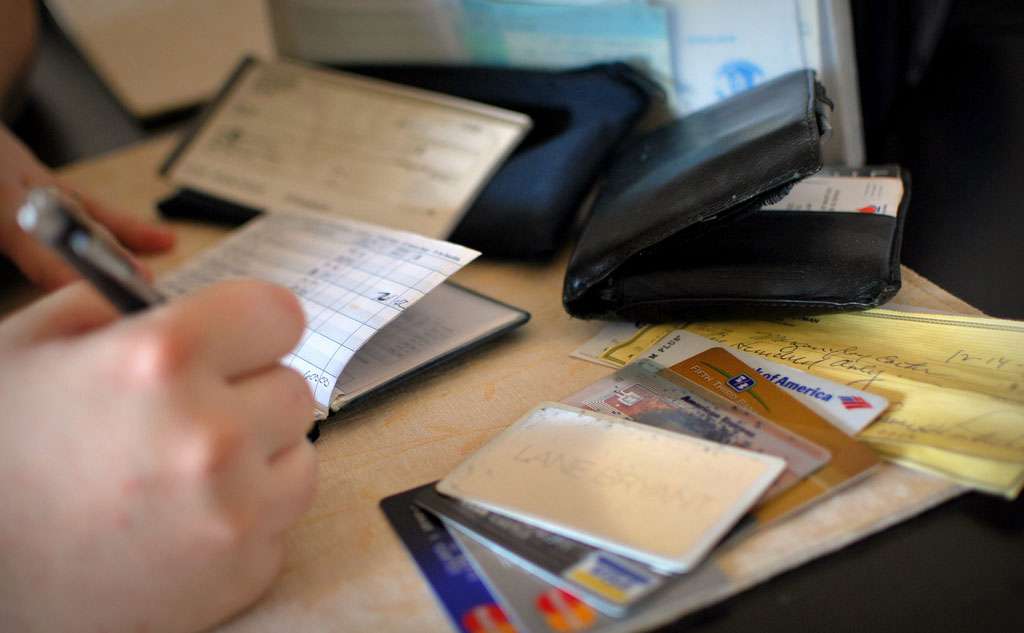Everyone who has applied to college has experienced the quintessential panic associated with choosing and applying to schools. The joy of getting accepted and the pain of being rejected jolt high school students, but this year’s applicants are multiplying their chances of both of those experiences.
The Sunday edition of The New York Times featured an article analyzing the outrageous college application trends about the country’s high school graduating class of 2015. School guidance counselors have reported students applying to 10 schools minimum, and that it is not unusual for students to submit applications to upwards of 20 or even 30 schools.
“Every year the story is that college is harder to get into, so kids panic and think they have to apply to more places,” Jim Jump, academic dean and director of guidance at St. Christopher’s School in Richmond, Virginia, told The New York Times. “The resulting surfeit of applications drives acceptance rates down even further, making the next year’s high school seniors even more panicked. It becomes a mania, almost.”
The National Association for College Admission Counseling reported in 2012 that while only 9 percent of college applicants applied to seven or more schools in 1990, almost one-third of students were surpassing that number of applications on 2011. The study also reported that acceptance rates at four-year institutions had declined from 69.6 percent in 2002 to 63.8 in 2011, putting the pressure on students to gain acceptance to a system that is growing increasingly difficult to permeate.
Helpful tools like the Common Application, which over 500 universities and colleges work through, make applying to schools as easy as clicking a button and entering a credit card number to cover the application fee. But students applying to upwards of 20 schools can’t be familiar with all of them, and with an average college application fee of $41, according to U.S. News and World Report, the price of applying can really add up.
It’s understandable that students want to maximize their options when selecting colleges – especially in such a competitive application climate – but there is such a thing as having too many options. Trying to see which schools grant the largest financial aid packages is one thing. But it must be incredibly difficult to narrow schools down to the best option when there are upwards of 20 options to choose from.
And then there’s the factor of dealing with rejection. Getting turned down from one or two schools is certainly a blow to the self-confidence, but applying to large amounts of schools could mean rejections from a larger portion. With the pressure already on for students to be accepted, getting rejected over and over again must be an unspeakably crushing experience.
On the other side of things, colleges seem to take joy in receiving more and more applications each year. Take our very own Boston University for example. Year after year, the school reports that the incoming freshmen class is smarter, more qualified and more competitive than the previous year, and that the acceptance rate is shrinking each year.
“The freshmen [Class of 2018] survived a competitive admissions process; only 34 percent of the record-breaking 54,191 students who applied to BU were offered entry,” BU Today reported in September. “Like waves of students before them, they arrive with stellar academic records. Their average GPA is a solid A- and their average SAT score is 1946, 15 points higher than last year’s class. This ‘very significant jump’ in SAT scores, [Associate Vice President and Executive Director of Admissions Kelly] Walter says, put a smile on the face of President Robert A. Brown.”
This article likely didn’t put any smiles on the faces of the future Class of 2019, who must now contend with the reality that they are competing in a more hostile application climate than their predecessors. While this public relations tactic makes BU more attractive to a more competitive pool of applicants, it likely does not bode well for nervous high school students dreaming of a diploma from BU.
Depending on their backgrounds, high school students face a myriad of interventions when applying to colleges. First-generation college applicants contend with parents who may know little about the process and therefore don’t properly research the institutions they are applying to. Conversely, other students are dealing with overprotective parents who demand their children get into the best school they possibly can, likely resulting in the influx of applications.
In a society where the mantra, “no college, no future,” is generally accepted as fact, the college application process is one of the most daunting tasks in a student’s career. However, thorough research and a good needs assessment are all it takes to narrow the application list down to a reasonable number.


















































































































